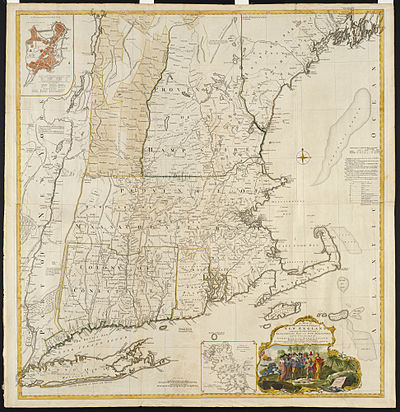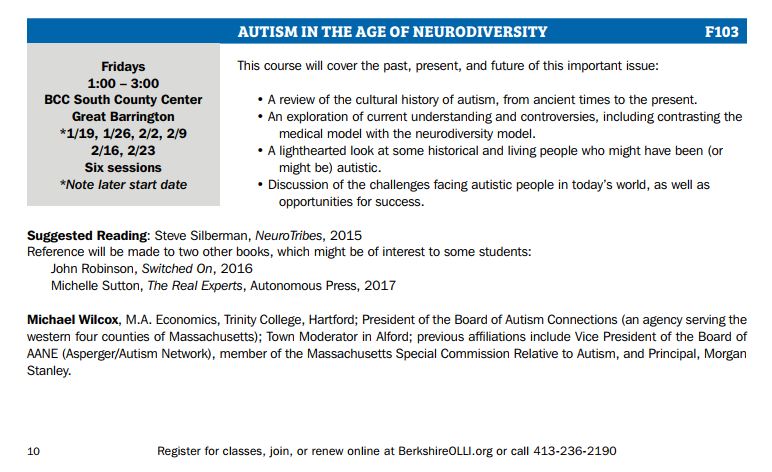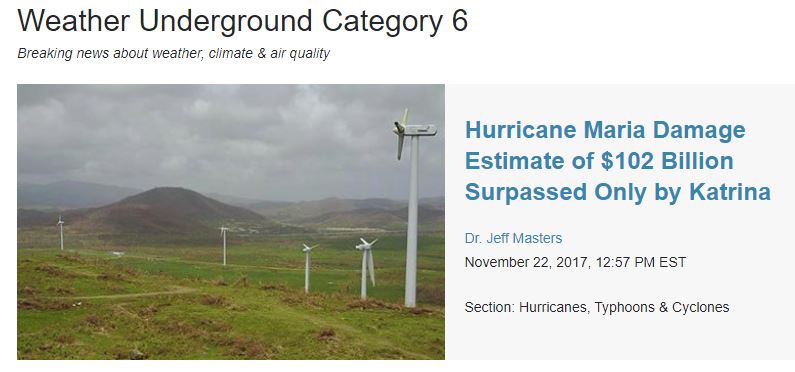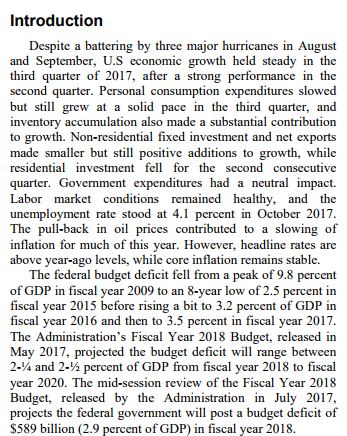A recent article in the Washington Post has garnered some much-needed attention to a long-standing problem for the autistic community.
A mother tells the story of a family outing in a park, which she thought had been going very well.
It had been a good day at the park. A miracle day, in fact, for our family. Our 5-year-old son, who is moderately autistic and prone to violent outbursts and self-injurious behavior, had sailed through the outing without a meltdown. So it was all the more shocking when the police approached us.
Someone had called the police, suspecting that the kid was perhaps being mistreated. Nothing could have been farther from the truth.
I award these parents 5 stars for the way they handled the situation, and for their obvious love and acceptance of their son. On the parenting spectrum, I would place them far along toward the “good” end. [On the other end of the parenting spectrum are those parents who do not accept their autistic children for who they are, but engage in disrespectful behaviors such as looking for a “cure” or for “recovery” or try to “blame” autism on some external factor instead of accepting its underlying genetics.]
This mother’s concern is summed up in her plea:
The police were called on us because my son was having a bad hair day. What does this say about our society?
…
We need less worry and more support. We need less judgment and more acceptance. We need less of what my friend Sara Zaske, the parenting writer, has called “the destructive police-calling culture” and more true help and awareness. I would even argue that while it’s fine and necessary to help autistics adapt to a world that they perceive as hostile, we should also be actively trying to make the world a less hostile and more forgiving place for people who act and look a little different, and for those who love and care for them.
I also give her kudos for identifying her son as “autistic” — not as someone who “has autism” in the old “person-first” paradigm that is, thankfully, rapidly fading.
The only demerits I would give to the article are really more commentary on society’s misunderstanding of autism, rather than on the parenting on display here, which strikes me as extraordinarily winsome.
- In the first quote above, the mother describes her son as being “moderately autistic” — I disagree with the idea that autism (or any disability) can be described as having degrees. Many of us who are autistic work very hard to avoid being identified as being odd, because our culture tends to treat differences and diversity very harshly. Some of us are more successful than others at overcoming autism’s challenges. To the outside world, this may look like different degrees of autism, but in fact, our performance is influenced by a myriad of factors that have nothing to do with autism.
- At one point in the article, the author says of her son that in addition to being autistic, “he also has sensory processing disorder” — an idea which doesn’t ring true to me. Having sensory issues is part and parcel of being autistic. Autism is not a disorder (it’s a difference), and its unusual sensory processing comes with the territory; it is not a thing of its own. Another “disorder” that is likely non-existent is the so-called “social communication disorder” which also strikes me as just being another manifestation of being autistic.
- In the vocabulary department, I note the common misusage of the word “nonverbal” to indicate “non-speaking.” Many, if not most, people who cannot speak do in fact understand words.
These small complaints arise from my autistic need for perfection. I realize the world will never accommodate my desire, and I am sometimes even willing to admit to the possibility that I might be wrong about some things. All of this contributes to my inherent anxiety, another part of autism that I have integrated into my self-understanding. I have never met an autistic person who thinks that being autistic is easy.
On balance, the struggles that come with autism are far outweighed by its advantages. Being autistic is a privilege and a joy.








 The article makes several important points, and I highly recommend it if you’d like to understand the necessity of this process, as well as the daunting challenges we face in making it a reality.
The article makes several important points, and I highly recommend it if you’d like to understand the necessity of this process, as well as the daunting challenges we face in making it a reality.